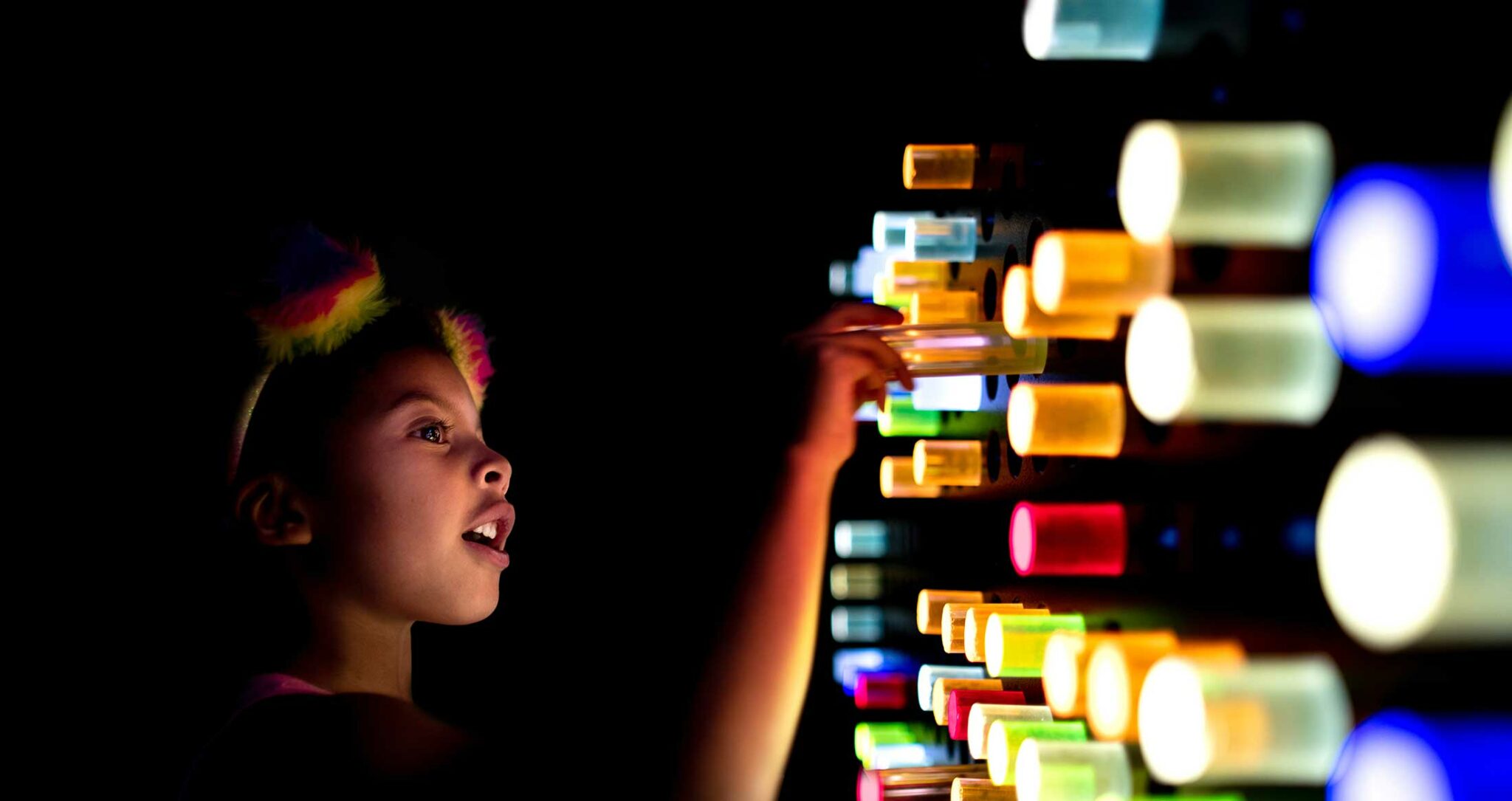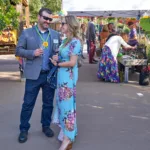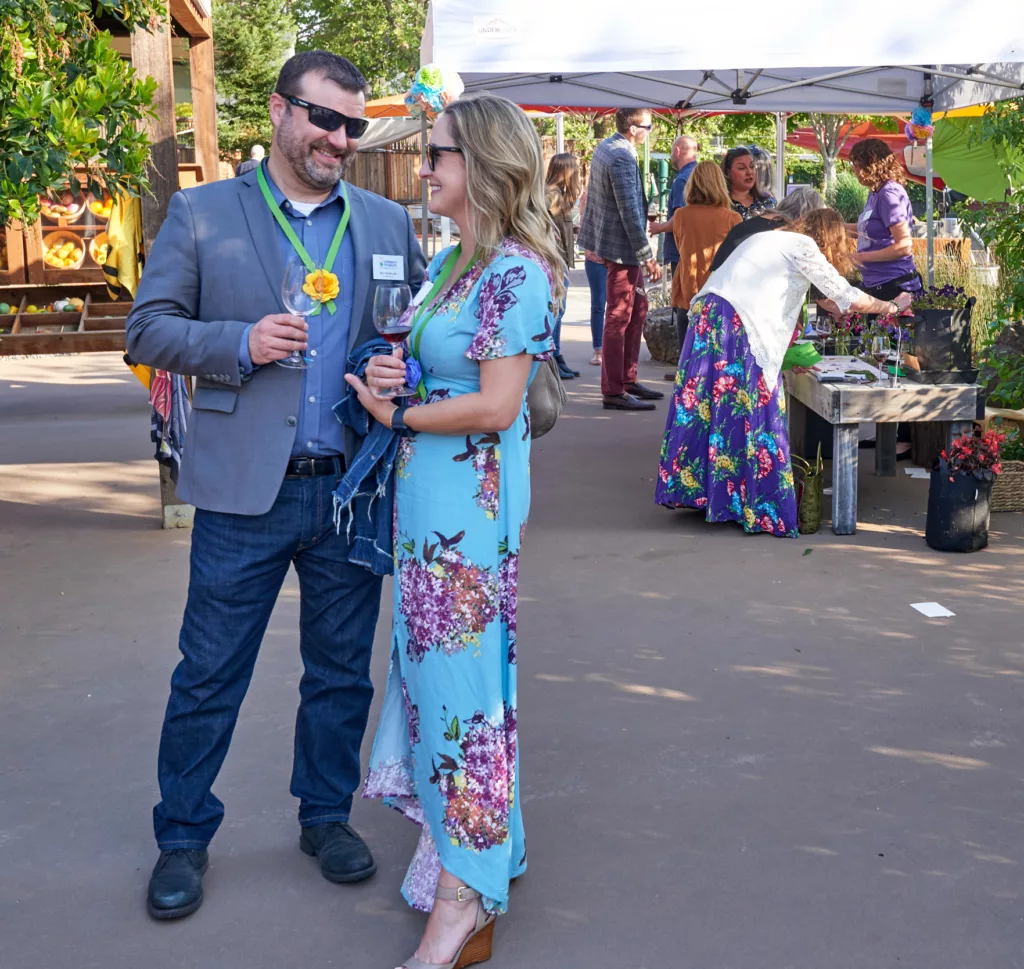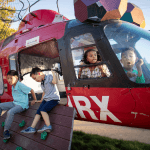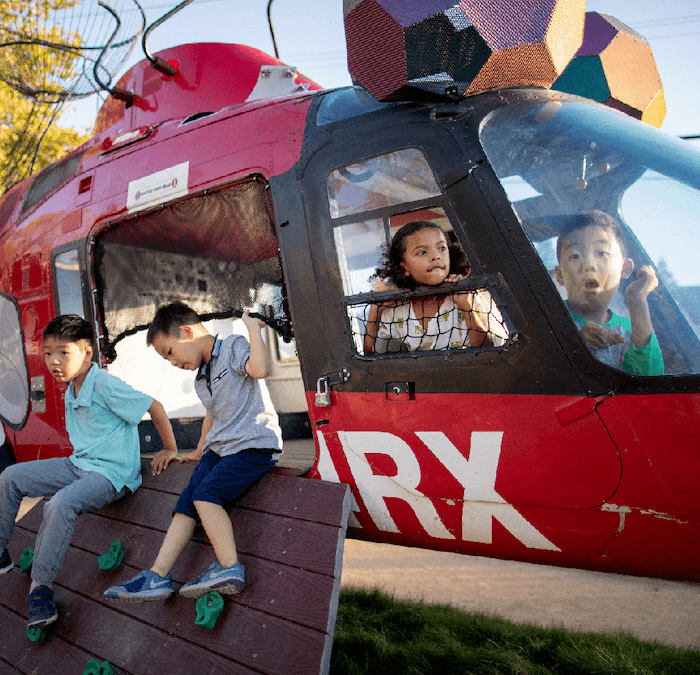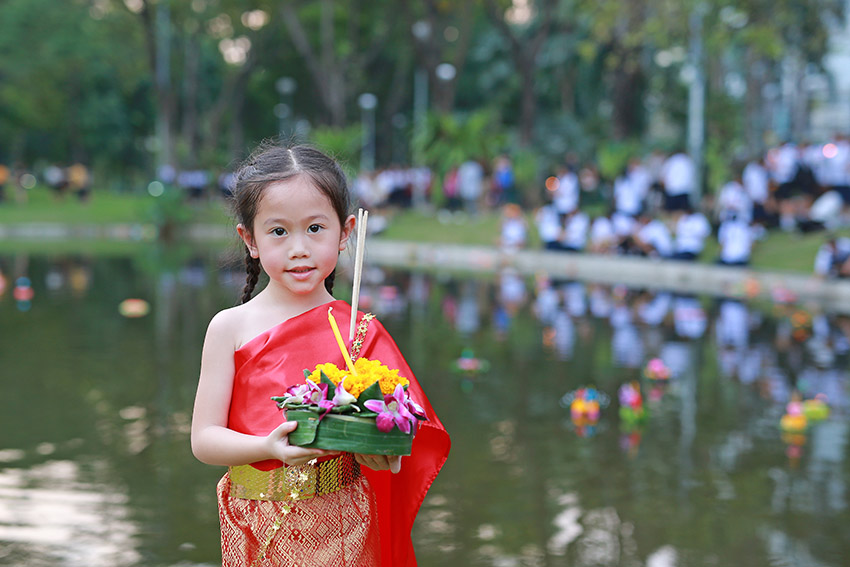
Kid-Friendly Holiday Traditions Practiced by Families All Over the World
All around the world, families observe different winter celebrations. Among many things, some of these traditions are religious, some celebrate the end of the season, and others commemorate the beginning of the new year. The act of celebrating with friends and family is a beautiful way for all of us to feel connected to each other and our communities. Learning about different winter holiday traditions with your kids is a great way to celebrate diversity and can make this season feel even more special.
Here are five winter holiday traditions perfect for kids you can share with your family this year.
1. Playing Hanukkah Dreidel Games
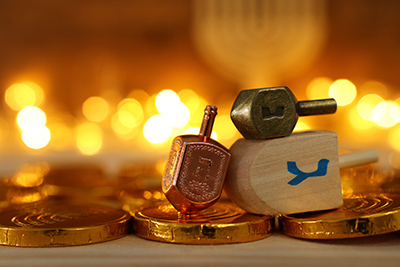
Hanukkah is a winter holiday celebrated by Jewish families all over the world. This eight-day celebration is known as the “festival of light” and usually falls in November or December.
For eight nights, friends and family come together to light a candle on a menorah (Hanukkiah) and recite Hebrew blessings and prayers. After the evening’s candle has been lit, gifts are exchanged, delicious food is enjoyed, and children play traditional Hanukkah games like dreidel.
In the beginning, everyone has an equal number of game pieces. These tokens can be anything from coins, pieces of candy, or even toothpicks. Every player places one game piece in the collective pot, and while the rules of dreidel can vary from family to family, the basic goal is for one player to win all the game pieces by taking turns spinning the dreidel.
The side the dreidel lands on determines how many tokens you lose or win from the collective pot:
- נ Nun: the player does nothing
- ג Gimmel: the player gets everything in the pot
- ה Hei: the player gets half the pot
- פ Pe / iש Shin: the player adds one game piece to the pot
If you run out of game pieces you are out for the remainder of the round, and when one player has won all of the tokens they win that round of the game!
2. Making Floating Lanterns for the Loy Krathong Festival in Thailand
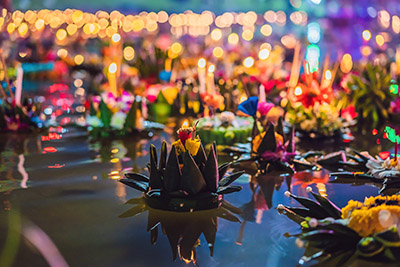
In Thailand, Loi Krathong is one of the biggest and most beloved festivals. This celebration is held during the full moon on the twelfth month of the Thai lunar calendar, which is usually in November.
The holiday represents moving on from hardships while welcoming in luck and fortune for the coming year. The annual festival involves various cultural traditions, though the most famous and dazzling custom is the launching of a Krathong.
Loy Krathong literally means “to float a basket”, and leading up to the festivities, families make these floating vessels to send off down the river. They believe that as the Krathong floats away it carries with it any negativity and bad luck.
A traditional Krathong is shaped like a lotus flower made from banana leaves with a candle in the center. They are decorated with flowers, coins, incense, and any other items that hold personal significance.
On the day of the festival, celebrators gather around large bodies of water throughout Thailand to launch their lanterns. As the sun sets and the full moon rises, the candles are lit, and everyone makes wishes for the upcoming year.
As the Kathrong float away, so does any bad luck and misfortune, leaving room for the following year to be filled with love, positivity, and success.
3. Receiving Presents from La Befana the Italian Christmas Witch
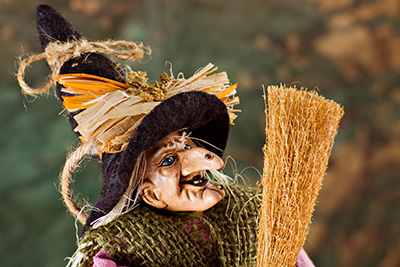
La Befana, meaning “the witch” in Italian, is a Christmas tradition that has been observed by families in Italy since the 13th century. It is celebrated every year on January 6th, the day of the Epiphany, a Christian feast day.
On the eve of Epiphany, families hang red stockings and leave out handwritten notes, food, and wine for the witch. During the night, La Befana flies all around Italy on her magic broom, filling the stockings of well-behaved children with candy, toys, and other treats.
In the morning the children awake to find their stockings filled with gifts from the Christmas Witch, and then they celebrate Epiphany with singing, dancing, feasts, and other merry activities.
4. Crafting Handmade Gifts for Kwanzaa
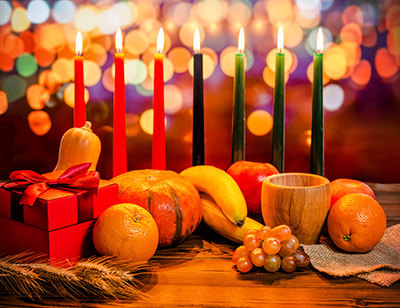
Kwanzaa is a winter holiday primarily celebrated in the U.S. and observed between December 26th and January 1st every year. Kwanzaa was founded by Dr. Maulana Karenga in 1966 as a holiday to celebrate pan-African and African American unity.
This beloved winter celebration is a way for many people of African descent to honor their ancestry, commemorate family traditions, and connect with their community. A meaningful custom during traditional Kwanzaa celebrations is the daily lighting of a Kinara.
Each day friends and family gather to light a candle to represent one of the seven principles of the holiday: Unity (Umoja), Self-determination (Kujichagulia), Collective work and responsibility (Ujima), Cooperative economics (Ujamaa), Purpose (Nia), Creativity (Kuumba), and Faith (Imani). The Kwanzaa principles are all centered around celebrating the collective achievements of your family, community, and cultural origin as a whole.
Friends and family members exchange handmade gifts throughout their holiday celebrations. Rather than focusing on store-bought toys and goods, this tradition of making and gifting handmade items is meant to celebrate creativity and demonstrate your love and respect for the person you took the time to make a gift for.
5. Burning Yule Logs During the Winter Solstice
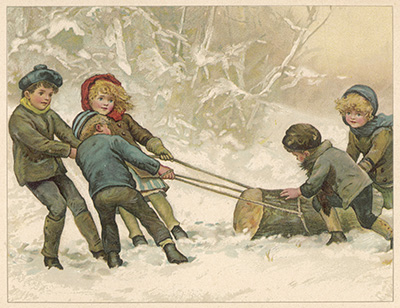
The Winter Solstice is one of the oldest known winter celebrations and is still observed by families all over the world today. Yule (Jól) is a twelve-day festival held from December 21st through January 1st, commemorating the winter solstice.
This holiday was historically celebrated by the Germanic people living in Central Europe and Scandinavia. They believed the sun was a god, and his return was something to be celebrated to ensure a warm and prosperous harvest in the upcoming spring and summer months.
The tradition of burning a Yule Log dates all the way back to the earliest solstice celebrations. To welcome back the sun god and to mark the beginning of the Yule festivities, Yule Logs are burned. The logs are also thought to cast away darkness and evil and encourage the sun god to bring luck and prosperity in the coming months.
After the Yule Log has burned, many people spread the ashes around their homes for good luck and to protect their families from evil spirits.
Tell Us About Your Favorite Winter Holiday Traditions for Kids!
Every family tradition is a special way to pay homage to your heritage in a beautiful way! Does your family have a favorite way to celebrate during the holiday season? The Children’s Museum of Sonoma County wants to hear about your beloved family holiday traditions!
Follow and tag CMOSC on social media to share how you celebrate.

